Propagation of pepper by shoot cuttings is the traditional and popular method. Now because of commercialization disease free planting material is very less. To overcome plant born disease seed propagation is helpful.
Pepper can be propagated through seeds and vegetative parts .Propagation through seeds are not in practice because of its heterozygous nature and segregation. Seedlings will not breed true to type. Hence vegetative cuttings are advised. But further research on this is essential because most of the plants suffer from disease and nematode infections. From seed propagation there was a chance of getting new variety. Farmer can get disease resistant variety also.
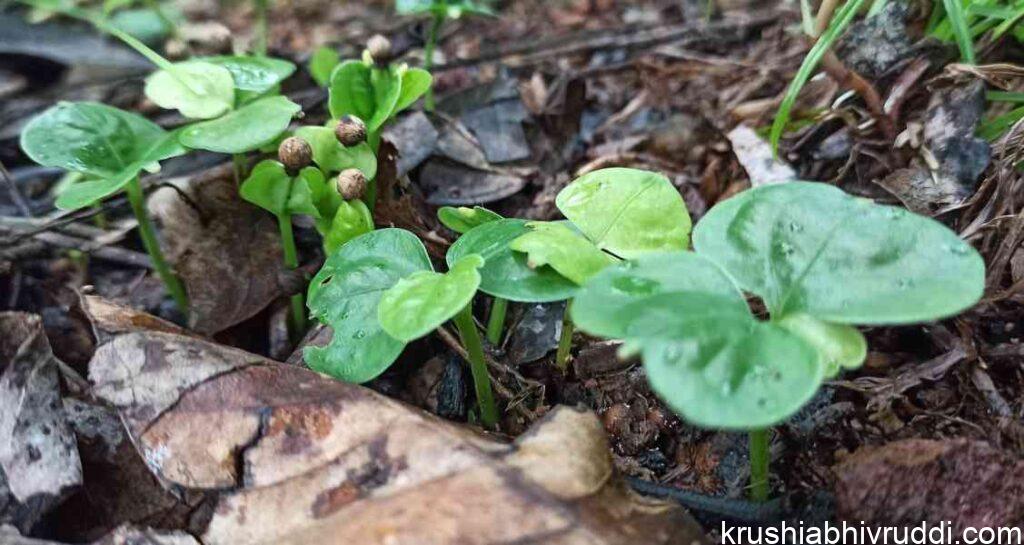
Why seed propagation?
- The main problem in pepper cultivation is raising of disease free plants.
- In Traditional method of pepper propagation disease (Phytophthora infection) transfer from mother plant to new plant is easy.
- Pathogens will transferred through cuttings (runner shoots)
- Now because of commercial cultivation selection of disease free planting material is very hardship.
- The disease and also nematodes transfer from plant to plant.
- So now the situation is ,new plantations are increasing, but overall yield is stagnant.
- Every year cores together pants are sold by nursery people, according to the plantation yield is not increasing.
- It is all by disease factor.
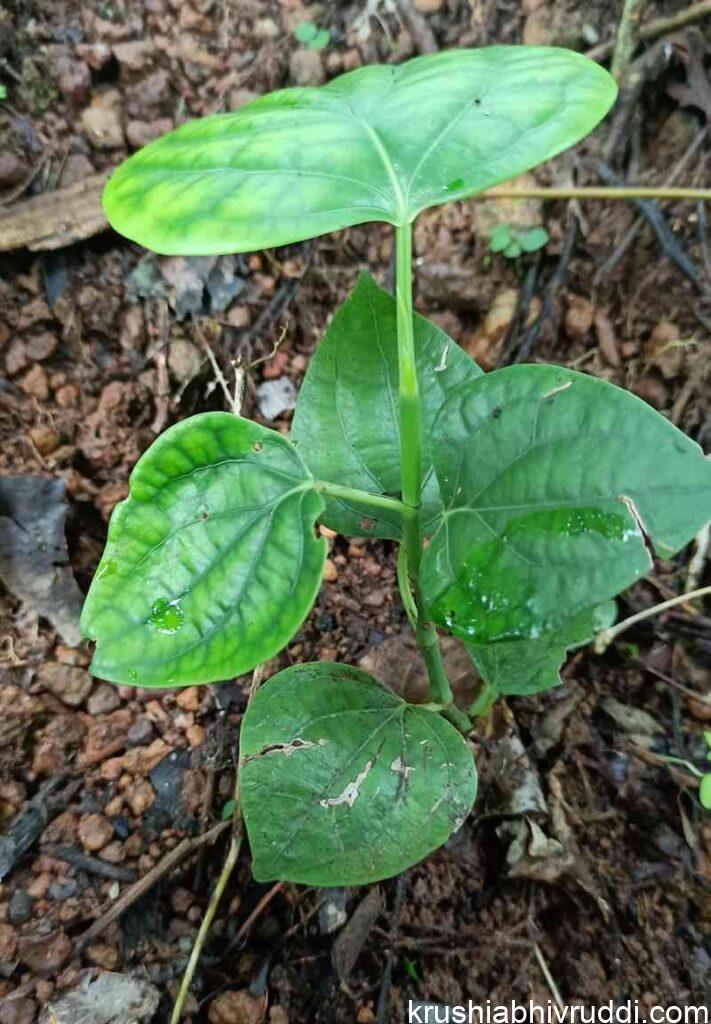
To overcome the disease incidence, seed propagation is one solution. Here no disease transmission by mother plant. If any chance of disease it is because of soil and atmospheric conditions. If farmers take precautions, they can fight the disease.
How to get seed plants:
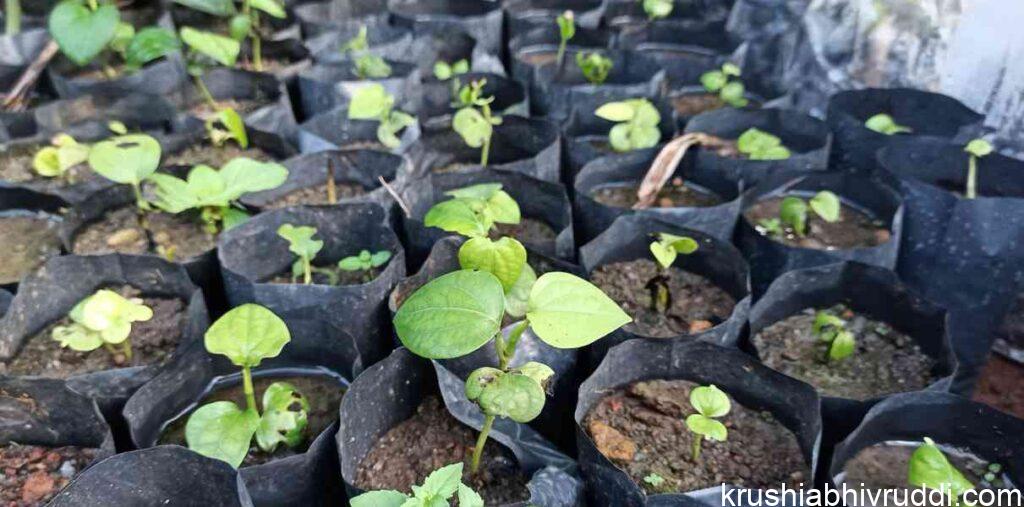
- Actually pepper spikes are having 100 above berries.
- All ripened berries can germinate in well decomposed compost and some sterilized germinating medias.
- Naturally birds eat the ripened fruits and they can excrete the seed near by plantations.
- Under the shade plants, we can observe lot of fallen seeds by birds excreta.
- It germinates well if you provide sufficient moisture.
- When monsoon starts germination process is high.
- Near by some water dropping places also we can find the seeds.
- All fallen seeds will germinate when we sprinkle water regularly.
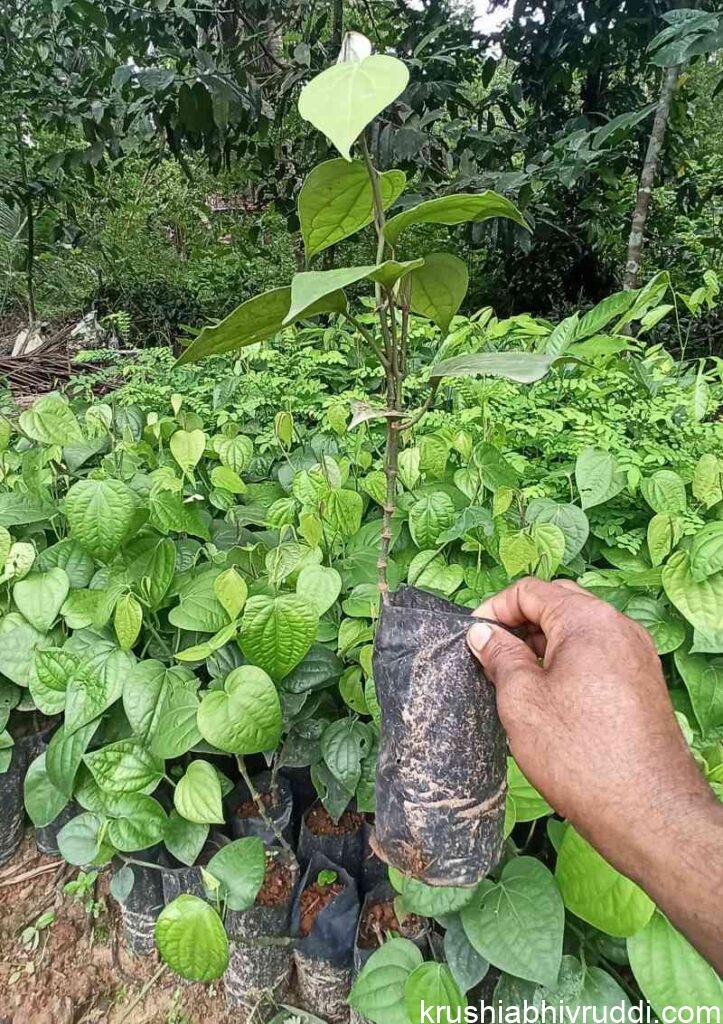
The germinated plants will grow there up to monsoon season starts. After the rain starts the tender plants will die because of infection by soil born pathogens. Before rain starts we have to collect the germinated plnts and put them in polythene covers.
- The polythene covers must be kept in poly house or plastic covered tunnel or covering the polythene bags upon the plants.
- It will grow well inside and survive well.
- After nourishing the plant up to 3-4 months the plant will get the length of 1 feet.
- After that we can plant it anywhere.
- Or if we allow the plant to grow more it is also good.
- Some times in our garden we can find germinated plants which is survived in rainy season.
- These plants also selected for planting.
- If it is in less length we have to nourish it by putting in polybags.
- Small farmers can do the simple green house, by covering polythene grocery covers to the plants in polythene bags.
- In rainy season we have to keep the plants open places instead of shade.
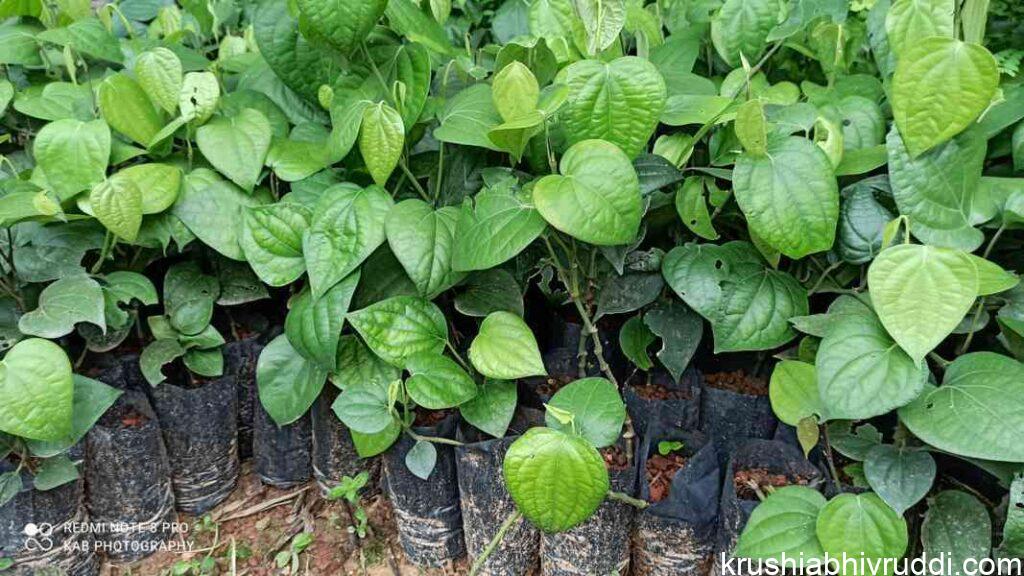
Few draw backs:
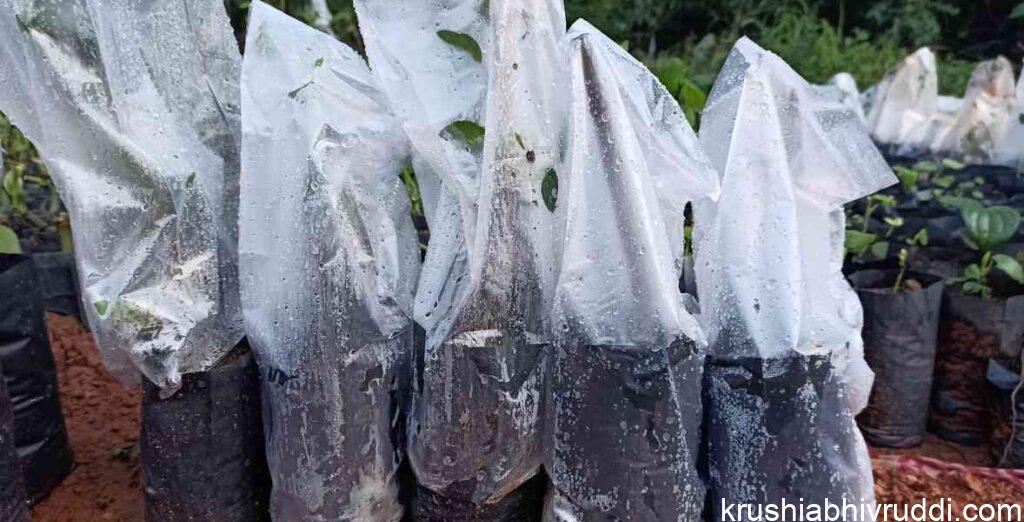
- In seed germinated plants, yield will starts after 3 years.
- Its growth is slower comparatively other plants.
- By supplying sufficient nutrition we can overcome this problem.
- After planting, its vine will stick onto the supporting tree.
- Here sticking grip is less so we have to tie it.
- After tying with rope, we have to cut the tip of the vine.
- Then new shoos will emerge.
- This new shoot will have sticking grips.
- If we continue this practice next year also, it covers full surroundings of supporting trees.
- In this method some trials are done.
- Because of follow ups its results are not recorded.
- Another draw back is crossing of varieties.
- In this natural crossing some probabilities of varietal improvement also possible.
- At the same time there is a chance of negative result, if crossing between inferior one.
Now seed propagation methods many nursery people supply planting material in large quantity. Through some sources the new variety of THEKKAN is supplied lacks together by seed propagation methods. Farmers can try this method from their own garden seeds and they can do their own disease free plants.
By,
DR.RAJESHWARI K R.











